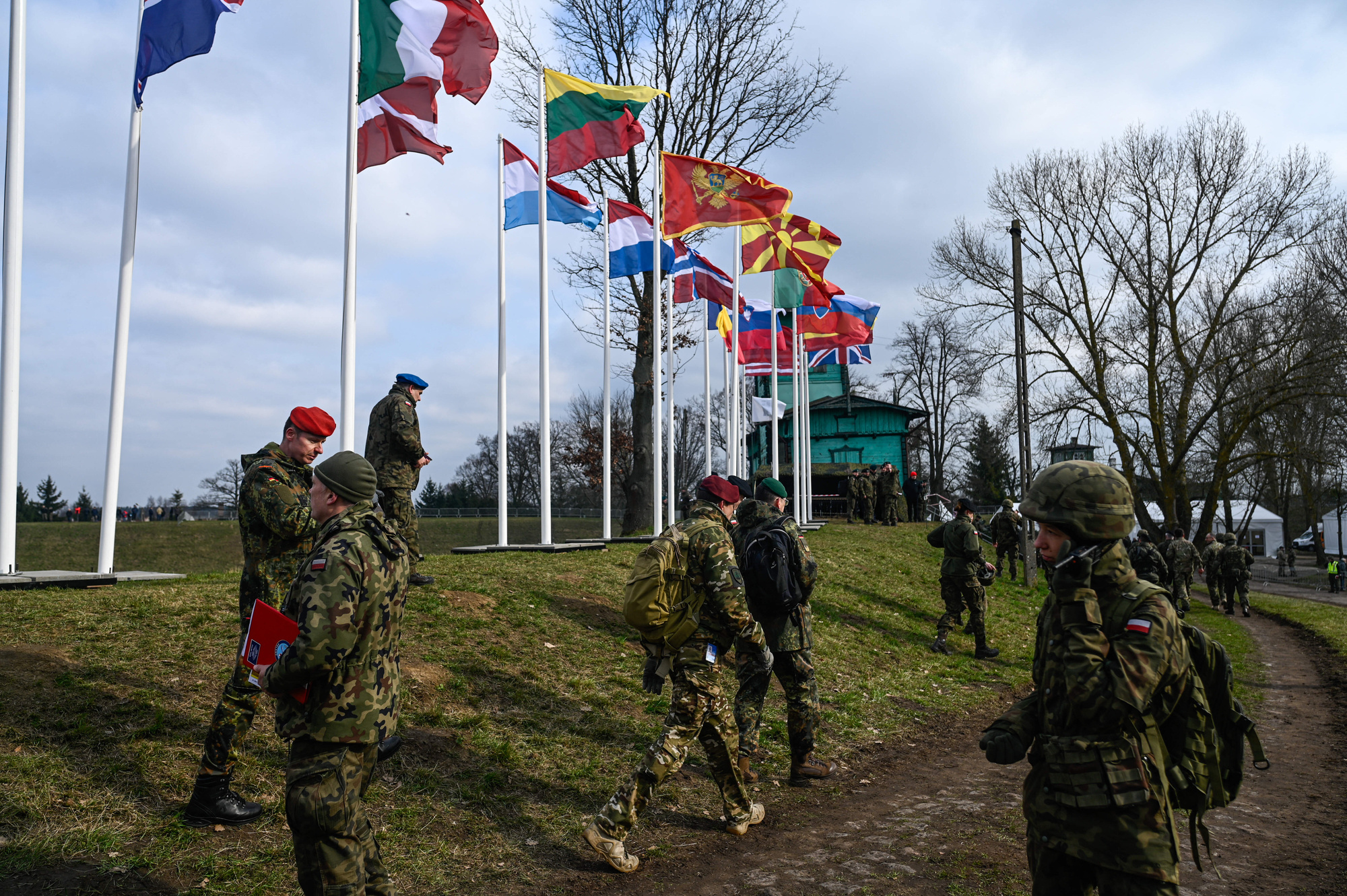As tensions from the ongoing war in neighboring Ukraine escalate, Poland is stepping up its preparedness efforts. The Polish government has initiated a comprehensive plan to protect civilians and cultural treasures in the event of military threats or natural disasters.
Poland’s Interior Ministry announced Thursday that the draft regulations for evacuations will be completed within three months. The measures stem from a recently enacted bill on civilian protection, which came into force on 1 January. The law was prompted by devastating floods in southern Poland and the increasing security risks posed by Russia’s war in Ukraine.
The regulations will detail the responsibilities and coordination of civilian security services tasked with evacuating people to safety. They will also include protocols for safeguarding national cultural treasures and artworks during crises. Notably, the bill mandates that at least 0.3% of Poland’s annual gross national product (GNP) be allocated to improving evacuation readiness.
The Cabinet of Prime Minister Donald Tusk is expected to review and approve the proposal, underscoring the government’s commitment to ensuring Poland’s resilience against both natural and man-made disasters.
This move reflects a growing trend in Eastern Europe, where nations are reinforcing their crisis management strategies as the Russia-Ukraine war reshapes regional security dynamics.
Read more:
- Poland stands ready for Ukraine power backup if Slovakia cuts supply, Bloomberg sources say
- First Polish-trained Ukrainian Legion unit arrives in Ukraine as next recruits prepare for January start
- Applications to Ukrainian Legion in Poland exceed one thousand
- Western leaders should stop speculating about Ukraine’s defeat, Polish PM Tusk urges
- Ukraine negotiates new EU training program for strategic reserve brigades
- “Ukraine must win”: European countries promise expanded military support in Berlin declaration

